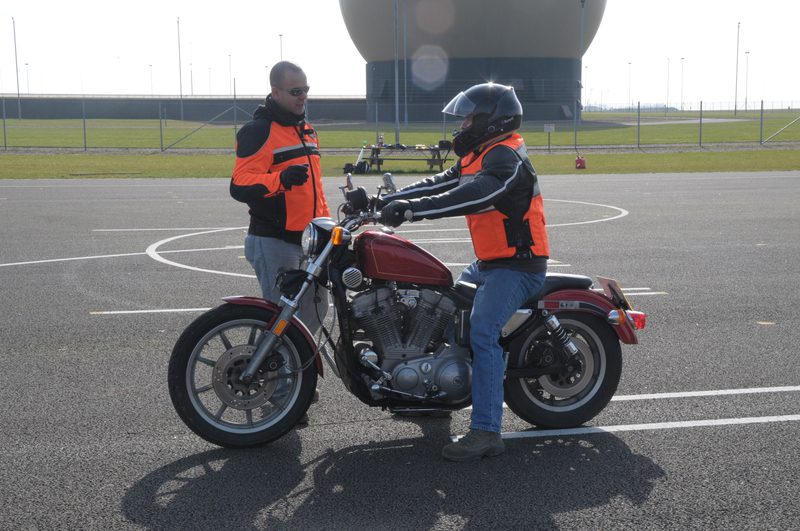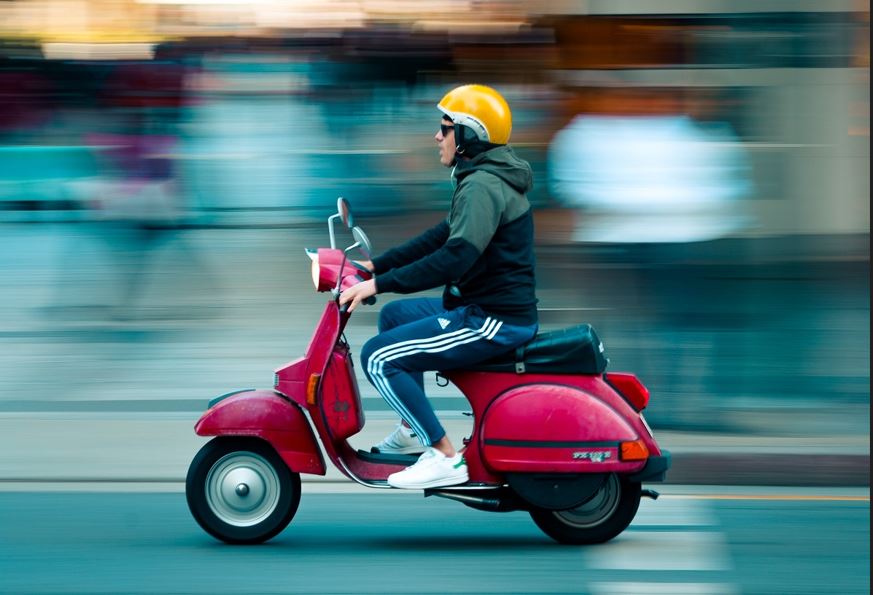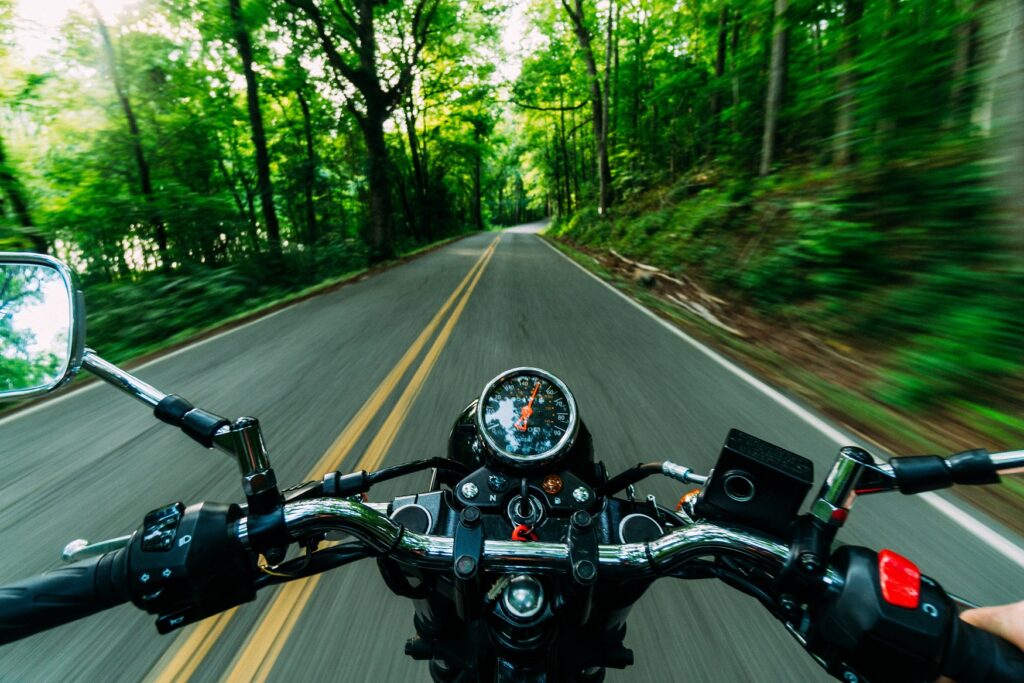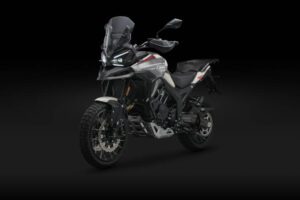How to get a UK motorcycle licence

Can you ride a 125cc at 16? Do you need an A1 licence for a 50cc? Will you have to pass a theory test before getting on any bike? Motorcycle licences and the laws around riding on roads can be confusing.
Knowing which motorcycle licence you need for different bikes largely depends on your age, but knowing what you need to apply for – and how – is a test in itself before you even get on those two wheels.
Motorcycle licence categories

There are four main categories of licence for riding a motorcycle: the AM, the A1, the A2 and the top level A licence.
AM licence
If you take the two-stage practical bike and theory tests, you can (from 16) change your licence to AM, meaning you are no longer required to have L plates and you can carry a passenger.
From 17, completing your CBT means you can ride a 125cc motorbike with L plates, but you can’t carry a passenger or ride on motorways.
A1 licence
You can move on to the A1 licence when you pass the two-stage bike test and theory test. With an A1 licence you will be allowed to ride a light motorcycle up to 11 kW and 125 cc without L-plates. You can carry a pillion passenger and ride on motorways.
[h3]
A2 licence
At 19, you can apply for your A2 licence once you have a valid CBT, giving you the freedom of riding any bike with a power to weight ratio not exceeding 0.2kw/kg.
Progressive access applies to those who are 21 and have held an A2 licence for two years, or you are 24 and have a category A licence.
A licence
The A licence allows you to ride motorcycles or scooters of any power, with or without a sidecar and a passenger. With the A licence, you can also ride motor tricycles with a power output in excess of 15KW.
Riding with a provisional driving licence
Things are confused slightly because in the UK, you can ride a 50cc (up to 4kW) motorbike when you’re 16 with a provisional driving licence and a completed CBT. If you’re 17 you can ride a 125cc bike (up to 11kW). You’ll need L plates (L or D plates in Wales).
You can apply for your provisional licence from 15 years and nine months. You won’t be able to ride on motorways or carry a pillion passenger and your 50cc bike isn’t allowed to travel faster than 28mph – even if derestriction kits are available.
Your bike needs to have a V5C registration certificate (log book) too. You’ll also need to pass your full bike test within two years or repeat the CBT.

Before you take your test
Researching what’s involved in the CBT, as well as getting to know The Highway Code, beforehand is really important. You can ride a 50cc motorbike on a provisional licence without taking a theory test, but you need to know what traffic signs mean to ensure you’re safe on the road.
It’s also worth looking into other aspects of looking after a bike, the costs involved in maintenance, MOT checks, taxing and insuring a motorcycle.
Once you’ve completed the bike tests, you may also want to take an enhanced rider test to gain additional riding skills, and it could also help keep the cost of your motorbike insurance down.
Applying for a provisional motorcycle licence
There’s only one form of a provisional licence, whether you’re applying to drive a car or a motorbike, which you can apply for when you are 15 years and nine months old. To receive your licence, you’ll need to be able to read a vehicle number plate from about 20 metres away.
To apply, you’ll need an identity document, such as a passport, your address for the last three years and your National Insurance number – if you know it. There’s also a small charge to bear in mind when applying, which you can do online or by completing a D1 form available at post offices.
Complete a certificate of basic training (CBT)
The majority of riders will have to take Compulsory Basic Training (CBT) to legally ride on the road. It’s not called a test, and you don’t ‘pass’ or ‘fail’ – you are issued with a certificate if the instructor feels confident you’re safe to ride on the road. The training isn’t just based on riding either, the day will include learning about traffic signs, looking at the motorbike itself, suitable clothes to wear and emergency stops.
CBTs aren’t carried out at driving or riding schools, but they’re offered by motorcycle training schools, so find one local to you and research how much they charge for the training.
There are only a few exclusions to riders who won’t have to take a CBT. If you passed your car driving test before 1 February 2001, passed a moped test and have a full moped licence after passing a test after 1 December 1990, have a full motorcycle licence for one category and are upgrading to another, or live on an offshore island – then you can ride a 50cc motorbike without a CBT.
Pass your theory motorcycle test
Anyone from 16 years old can book and take the theory test as long as they have their provisional licence. You don’t have to have completed your CBT to take it and it costs a little over £20.
The test is in two parts – a multiple-choice section of 50 questions, and a hazard perception section of 75 questions taken in one sitting. You need to get 43 correct in the first section and 45 correct in the hazard perception section to pass.
Knowing The Highway Code is essential – so read and revise it, and make sure you know the traffic signs and Riding Skills. Practising the hazard perception test is also advisable, which you can do online or through DVDs.
Remember to take your photocard driving licence or paper licence and passport on the day of the test.

Learning to ride a bike
As mentioned above, the CBT won’t teach you to ride, but will ensure all elements of biking are covered. It’s worth taking some lessons beforehand. Even when you’ve completed the CBT or your full bike test, take some enhanced training or lessons to help learn about handling your bike if you skid, or through other choices by other road users. Many bikers say it’s saved their life on many occasions.
Research tips online too, watch how other riders filter in traffic or position themselves in their lane. Be aware of motorcyclists even if you’re travelling by other means.
Taking your practical motorbike test
The practical motorbike test is in two parts. The off-road section lasts around 20 minutes and covers moving your bike on its stand, parking and carrying out manoeuvres around cones, such as U-turns or figures of eight. The on-road section is longer, at around 40 minutes, and assesses the skills when riding on traffic as you ride out with an examiner. The sections aren’t taken at the same time – you need to have passed the off-road section before taking the on-road one. However, you can book them at the same time if you’re feeling confident!
Remember to take your driving licence, CBT certificate, theory test certificate and module 1 certificate if you’re taking module 2. Also ensure you’re dressed appropriately.
Can you ride a moped on a car licence?
If you passed your car driving test before 1 February 2001, then yes you can. If not, you’ll have to take your CBT and continue through the stages outlined above.
If the bike is an electric scooter or moped travelling at around 15mph then you can ride that too, but the top-end ones that are able to reach 30mph fall into the category of needing a provisional licence and CBT.
The cost of a full motorbike licence
So whether you decide to go with a 50cc, 125cc or wait until you can ride a larger motorbike, make sure you have the right licence. Read our blog on how much a motorcycle licence really costs to get an idea of the costs involved. It is also important to factor in bike insurance, have an MoT and tax your bike if necessary, as well as having completed the right tests to be road legal and safe. Enjoy the ride!
Whether you’re a novice rider or an experienced one looking to upgrade to an A licence, Bikesure offers insurance to all riders at a competitive rate.






